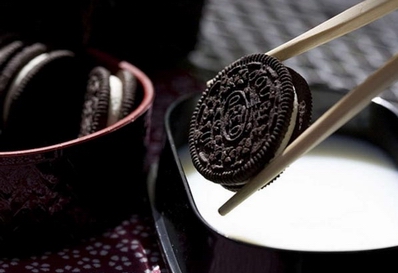
Sugary, fatty treats can activate the brain in a similar manner as cocaine does in lab rats, according to a report to be published officially at the upcoming Society for Neuroscience conference in San Diego, California, U.S..
The rats' brains had higher cellular activity in the "pleasure center" of their brains after eating Oreo cookies, similar to being injected with cocaine or morphine, according to Joseph Schroeder, an assistant professor of psychology and director of the Behavioral Neuroscience Center at Connecticut College.
To examine how "addictive" high-fat, high-sugar foods could be, researchers, from the Behavioral Neuroscience Center at Connecticut College, put the rats into a habitat with two rooms. In one room, they were given Oreo cookies and in the other room, rice crackers.
The experiment was then repeated with other groups of rats being offered injections of cocaine or morphine in one room and saline in the other room.
Through observing the rats’ preference for the Oreo versus rice cake as well as cocaine versus saline, researchers found that the rats had an "equivalent preference" for a room when it contained Oreo cookies as when they were given injections of morphine and cocaine.
"Perhaps the reason why we have the current obesity epidemic is that high fat and high sugar can be just as addictive as cocaine," Schroder said.
A spokeswoman for Mondelez International, which owns Nabisco, the maker of the Oreo cookie, cautioned people against associating Oreo with the findings since the cookies were used as "sweet variable" in lab by scientists.
Schroeder explained then that Oreo cookies weren't specifically singled out for triggering a snack attack, and they were just a handy device to get enough fat and sugar in the rat's habitat.







